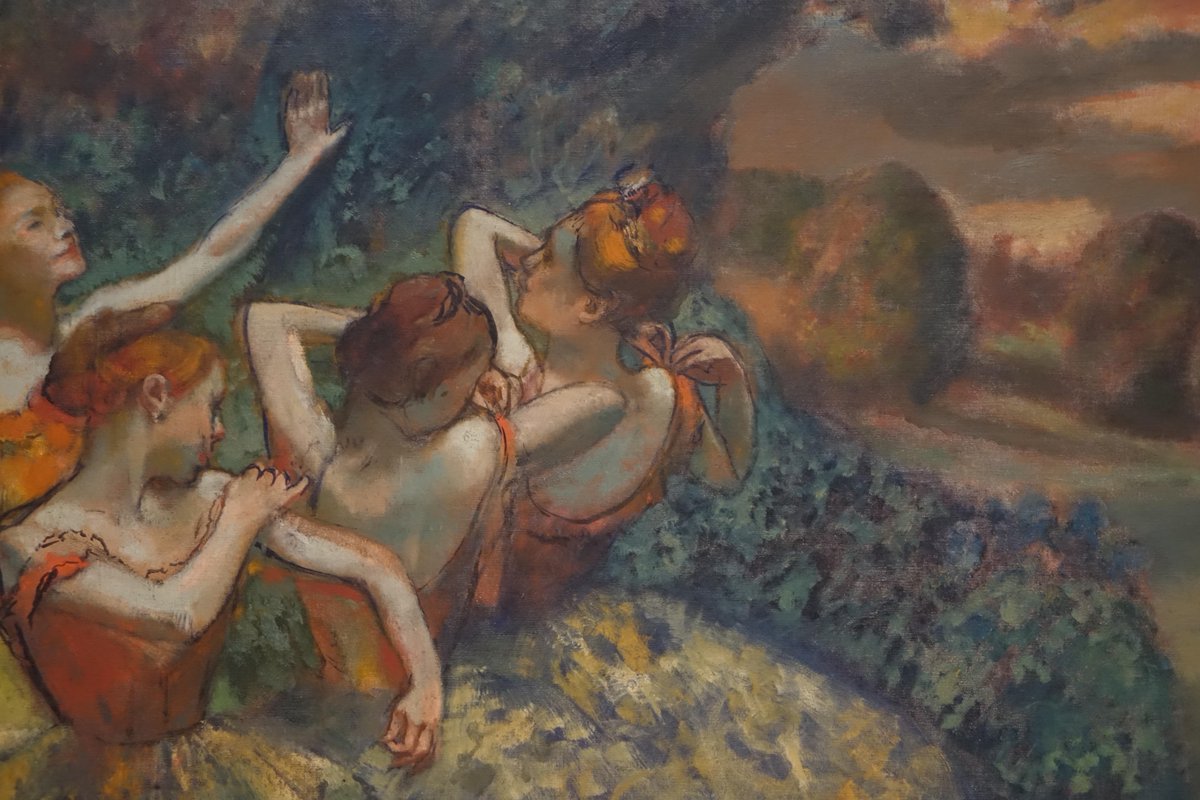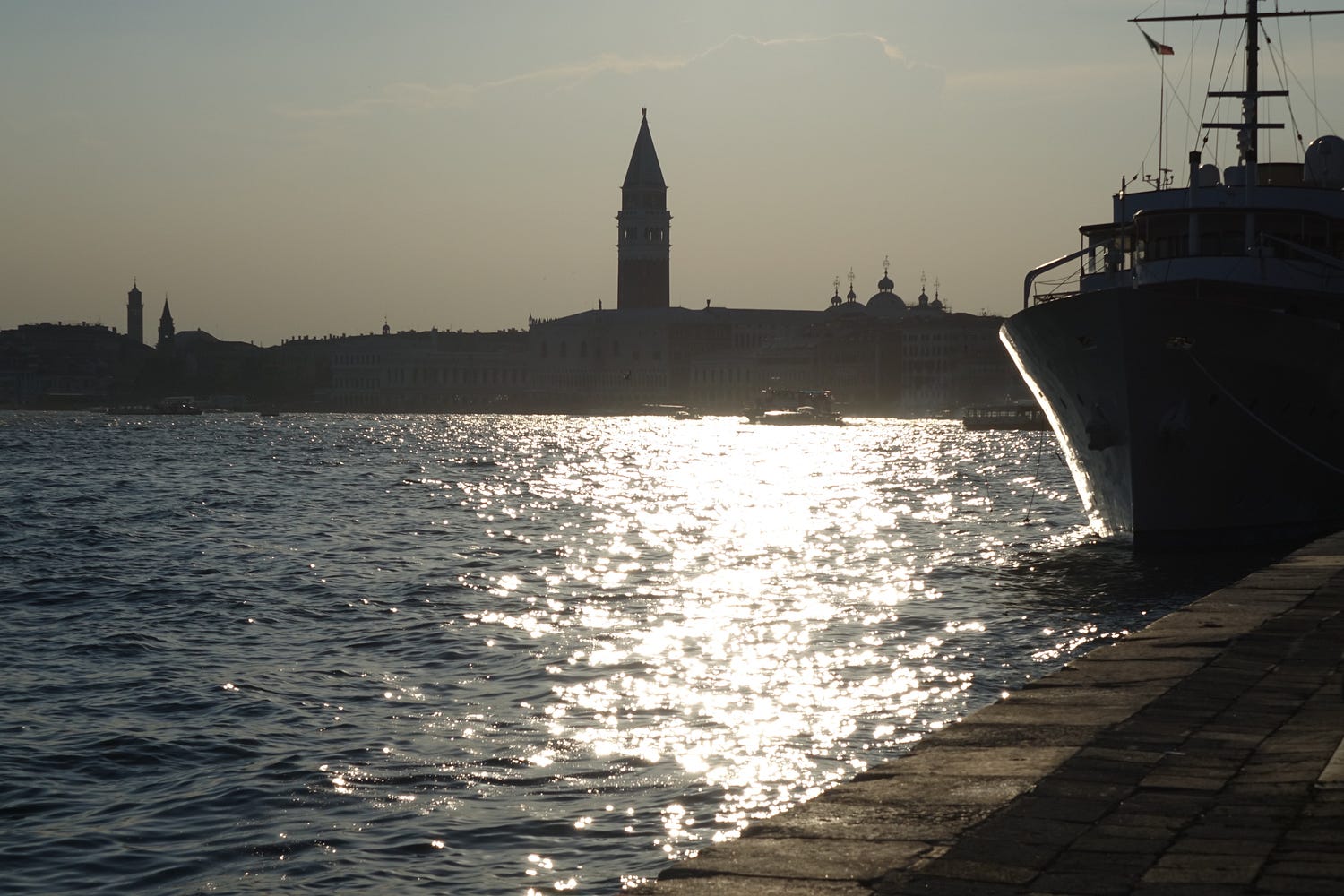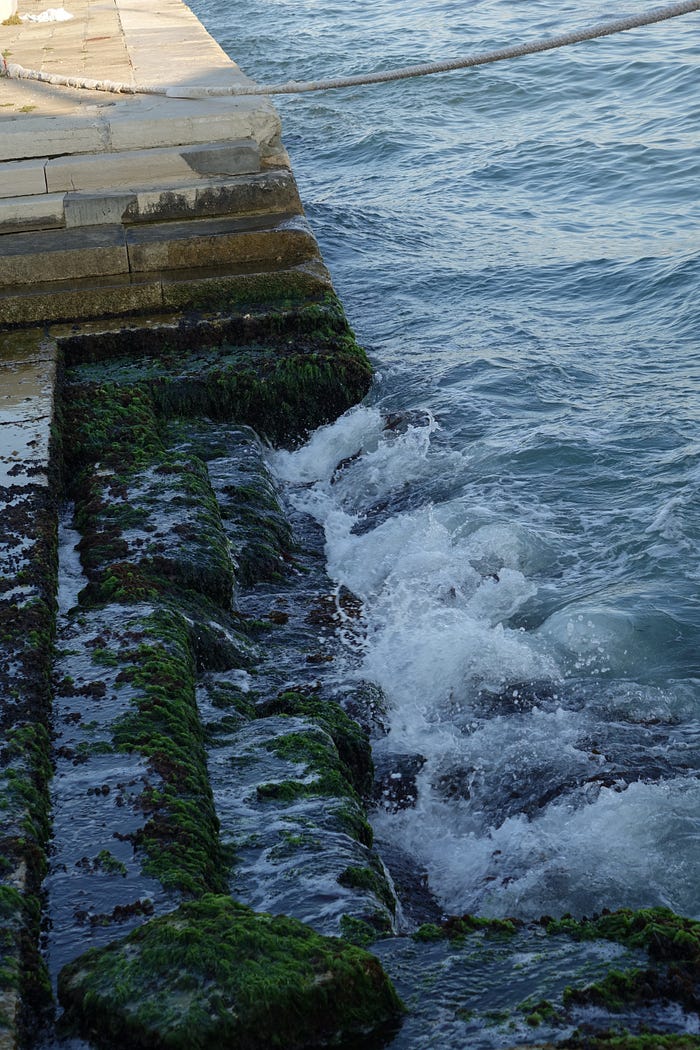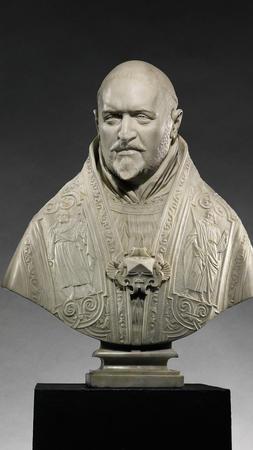A fascinating new study by Brazilian researchers* entitled "More Than A Neuroanatomical Representation in The Creation of Adam by Michelangelo Buonarroti, A Representation of the Golden Ratio" presents a compelling look at Michelangelo's Sistine Chapel frescoes. (*DEIVIS DE CAMPOS, TAIS MALYSZ, JO~AO ANTONIO BONATTO-COSTA, GERALDO PEREIRA JOTZ, LINO PINTO DE OLIVEIRA JUNIOR, ANDANDREA OXLEY DA ROCHA)
"We report our use of Image Pro Plus Software 6.0 to demonstrate mathematical evidence that Michelangelo painted “The Creation of Adam” using the Divine Proportion/Golden Ratio (G R) (1.6). The GR is classically associated with greater structural efficiency and is found in biological structures and works of art by renowned artists. Thus, according to the evidence shown in this article, we can suppose that the beauty and harmony recognized in all Michelangelo’s works may not be based solely on his knowledge of human anatomical proportions, but that the artist also probably knew anatomical structures that conform to the GR display greater structural efficiency."
"In this context, an important mathematical relationship is found in countless works of art from the Renaissance period (Livio, 2002). The mathematical relationship known as the Divine Proportion/GoldenRatio (GR) (U 5 1.6) is the ratio between two lines of unequal length, where the ratio between the length of the shorter line and the longer line is the same as the ratio between length of the longer line and the sum of the lengths (Hutchison and Hutchison, 2010), as follows: b/a 5 (a1b)/b = U 1.6 (Fig. 1).The GR is classically associated with greater structural efficiency (Livio, 2002) and has puzzled scientists for centuries due to its frequent occurrence in nature. Moreover, intriguing studies have shown the presence of GR in the organization of numerous natural structures, such as the shape of spiral galaxies(Livio, 2002; Hutchison and Hutchison, 2010), the g-Ratio of the nervous fibers (De Campos, 2014), spiral molluscan shells and plants (Newell et al., 2008). In addition, GR can be found not only in natural phenomena, but also in a variety of works by architects and designers, in famous musical compositions and the works of many other artists, including Leonardo da Vinci and Albrecht Durer (Livio, 2002)."
More at:
Michelangelo's Sistine Chapel frescoes linked to the golden ratio http://onlinelibrary.wiley.com/doi/10.1002/ca.22580/epdf … http://fw.to/EqeMp2S #art












